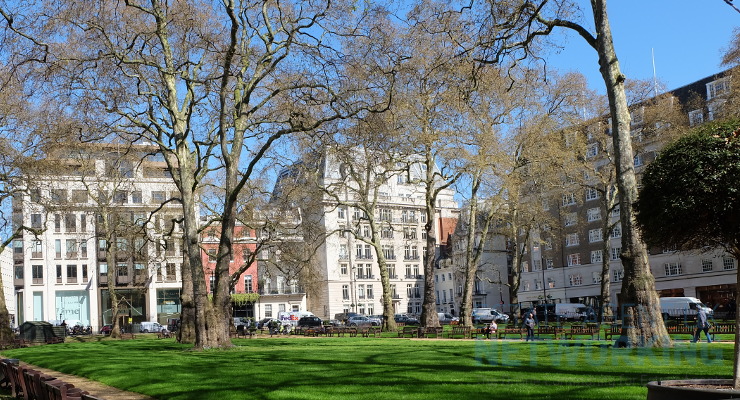Should you advise your customers to get a private snagging survey?
Every prospective homeowner wants to make sure that they’re buying a great property – not one that will cause them grief 6 months in. Very few people have the expertise to inspect their own homes, so if there’s an invisible problem, they won’t be able to see it and report it.
There are plenty of companies that offer independent snagging surveys, but you might be wondering how you can tell if they are legitimate, or whether their quoted price is standard for the industry. Here’s a quick guide to the in’s and out’s of snagging.
What is snagging?
A snagging list contains all the “snags” or issues found in a property. It’s typically generated at the end of a construction project, but it’s also recommended to complete a snagging survey before completing on the sale of a house.
Some of the most common issues are faulty window and door installation, low-quality paintwork, missing or unfinished elements, leaking pipes or missing or badly installed insulation.
Many of these items are easy to repair – but if you uncover structural damage or mould, then you could have a bigger problem on your hands.
Who should conduct a snagging survey?
Snagging surveyors don’t need particular accreditation to carry out the inspection, so your clients should make sure to check out the credentials of the company they plan to use.
Many individuals offering snagging surveys are members of the Royal Institution of Chartered Surveyors (RICS) or the Residential Property Surveyors Association (RPSA). These memberships go some way to giving you peace of mind about the qualifications of your surveyor.
If you’re buying a newbuild home, make sure that your surveyor is independent and doesn’t also work for the housebuilder. This makes sure that their views are unbiased.
What happens during a snagging survey?
Snagging surveys typically cost between £300 and £500 and can take several hours to complete, depending on the size of the property. A surveyor will split the house into sections, either by room or systems used, and inspect them methodically. The survey should also include the exterior of the house and the driveway if applicable.
While testing all elements and inspecting for damage, the surveyor should be collecting evidence, such as photos or videos, of any damage. If you can provide the surveyor with a digital copy of the floor plan, then they clearly can mark up where snags have been found. The most efficient way of doing this is by using specially designed construction management software that includes snagging features. Where you might have previously had to wait several days or over a week for the complete snagging report, companies that use snagging software are able to quickly provide you with the results in a formal report.
Who is responsible for repairing snags?
In a new-build, the company selling the property should repair all of the agreed snags. Rectifying snagging issues is usually the responsibility of the housebuilder, as long as the property is still under warranty, which is typically up to two years after completion. That means it’s important to find all of the issues for
For existing properties, the seller isn’t obliged to repair the snags that you find during a survey. However, if the surveyor finds something substantial, the valuation may have to be revised downwards and the buyer might eventually decide that the property isn’t worth buying. You might have to position the property as a “fixer-upper” and it would be wise to disclose the issues to future potential buyers.
That can make your job as an estate agent more difficult, but it’s the ethical choice to make. It will also protect you from any accusations that you hid what you knew about the property and bad reviews for your agency.
Should sellers invest in a snagging survey?
Snagging surveys don’t necessarily have to be restricted to buyers. If your seller is nervous about the condition of their property – or they want to get the maximum value out of it – they can always consider investing in a snagging survey before putting their home on the market.
That way, they won’t be surprised by anything that gets thrown up during the selling process. They can also be proactive – fixing smaller and cheaper issues to make their property more appealing.
Do they need a qualified surveyor to point out these aesthetic issues? Probably not. But if they are nervous about a potential structural issue then they can inform themselves ahead of time and revise their expectations accordingly.
So, should you recommend a snagging survey to prospective buyers?
Yes. When you’re selling new-build homes or a property that still falls under warranty, it’s a no-brainer to recommend a snagging survey. Even if the snagging survey is an additional cost, the buyer can make sure that problems are fixed by the contractor before they put pen to paper.
For existing properties, especially when they are older, it might not be as straightforward a recommendation. The current owner might not want a surveyor on their property and debate over the issue could add weeks to the timeline of offering and completion. But if you want to maintain your reputation and the trust of buyers, you’re better off being transparent about a property’s flaws.
In that case, you shouldn’t be afraid of recommending that your clients spend their money on a snagging survey – and you could even benefit from building a network of qualified and trusted professionals to recommend.









